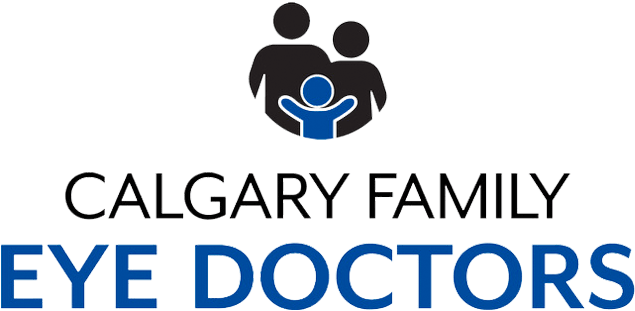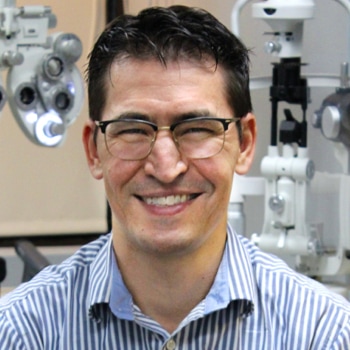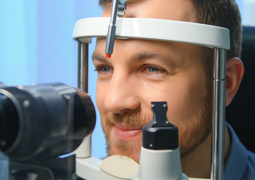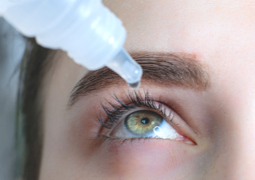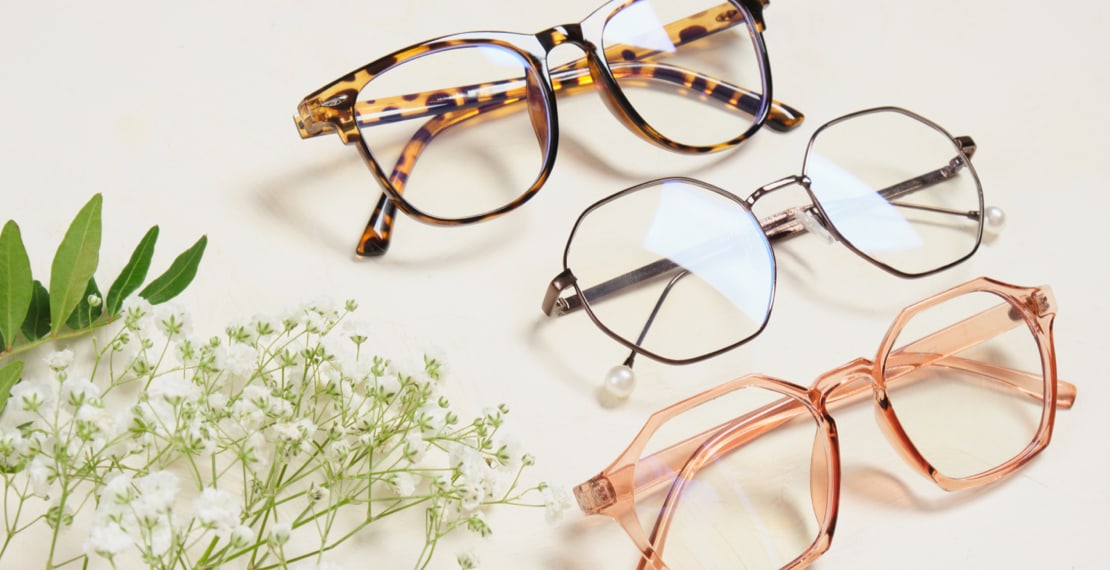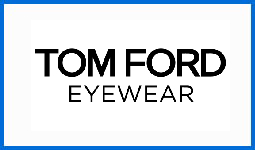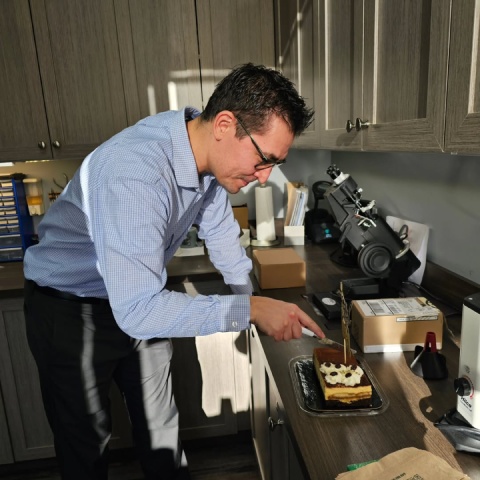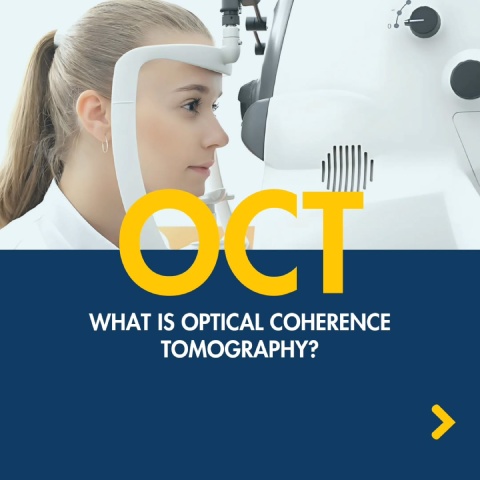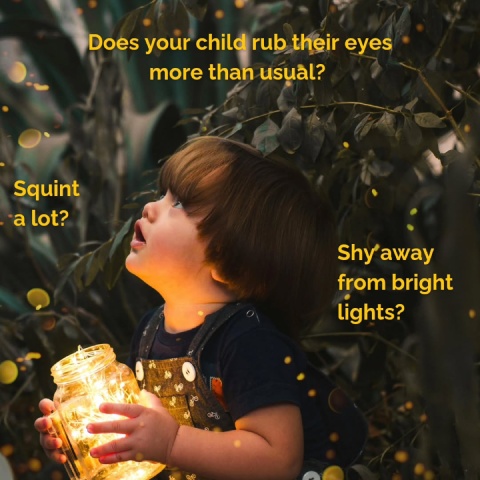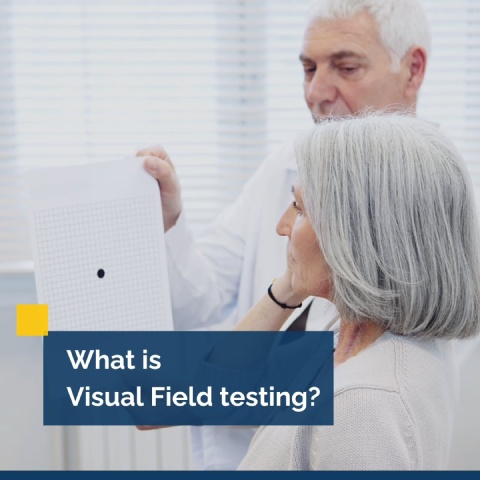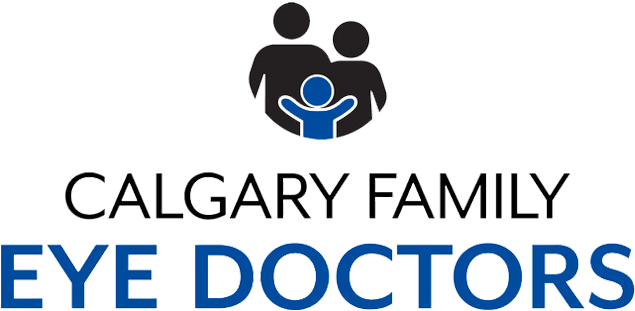Getting reading glasses sometimes feels like a rite of passage – or, at least, a rite of aging. It’s common to hear of people with perfect vision having to need glasses when they’re in their 50s or 60s. Why does this happen? Do our eyes suddenly worsen after a certain age?
Well…sort of.
The culprit here is most likely an eye condition called presbyopia. It will affect all of us at some point in our lives.
What is presbyopia?
Presbyopia is the loss of close-up focusing ability and occurs because of the natural thickening of the eye’s lens. This thickening leads to a loss of flexibility and elasticity in the lens, which makes it difficult to focus on objects up close. Presbyopia is a naturally occurring process that happens when we age. So, unfortunately, while developing presbyopia is natural and expected, it’s also one of the signs of aging.
What are the symptoms of presbyopia?
The most common symptom is having to hold objects farther away when reading or doing near work. Other symptoms include headaches, as well as eye strain, or eye fatigue after doing near work.
How is presbyopia diagnosed?
Your Optometrist will diagnose presbyopia during an eye health exam. This is one of the reasons why it’s very important to go for regular exams.
How is presbyopia treated?
Prescription glasses with bifocal or progressive lenses are some of the most common treatments for presbyopia. Reading glasses are also an option.
However, if glasses aren’t for you, there are also monovision or multifocal contact lenses available.
If you have any questions, or think you might have presbyopia, see your Optometrist.
